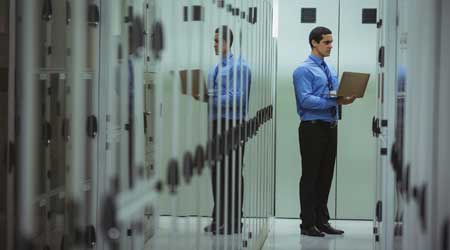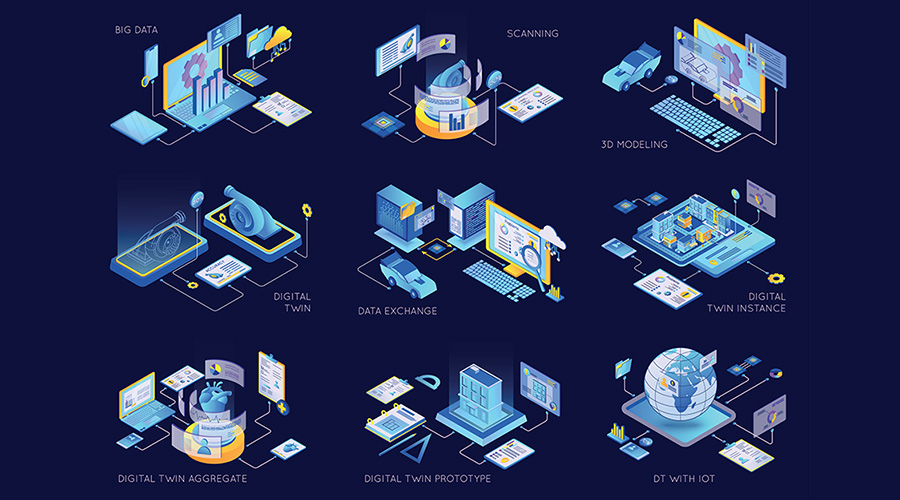 To ensure the successful software implementation, training must address all aspects of the change and promote conceptual, operational, and software knowledge.
To ensure the successful software implementation, training must address all aspects of the change and promote conceptual, operational, and software knowledge.3 Steps to Successful Software Training
Identifying goals and building buy-in are among the essential steps managers must take
The subsequent familiarization and mastery phase rolls out the new facility management software to all users. It is important to recognize that training supplied only by the software vendor might not be thorough enough for integration of the new software and could lead to failure to fully adapt to it. To ensure the successful implementation of the new tool, managers need to be sure the training addresses all aspects of the change and promotes learning in these categories:
Conceptual knowledge. “Why we do things the way we do?” Conceptual knowledge areas include understanding of the organization’s mission and vision, facilities management strategies, and key performance measures that demonstrate success.
Operational knowledge. “How do things get done?” This involves understanding business processes, the way to locate resources and references, and general software functionality as it relates to the facility management business.
Software knowledge. “How do I use the new software tool?” Key points include the specifics of the software environment, such as navigating, creating work orders, managing projects, updating asset records, and generating reports.
Successful completion of these six phases should result in the implementation of new software that meets the organization’s business needs. The facility management department then can shift its focus to using the new software to achieve the goals it established at the outset and improve results through performance measurement.
In short, a performance management framework provides consistent processes for ongoing evaluation and continual improvement of facility management functions. It demonstrates the connection between organizational drivers and desired facility management goals through metrics and key performance indicators, allowing for data-driven decisions and the ability to demonstrate measurable outcomes. Many resources are available to learn more about the options for performance measurement frameworks and ways to implement them.
A well-managed facilities program engages internal and external stakeholders in meaningful ways that support the success of the facilities department and the broader organization it supports. Managing the changes associated with the implementation of new facility management software requires an especially high degree of engagement to ensure the organization continues to operate effectively and achieve the outcomes it intends with the new tool.
John Edwards, P.E., CFM, FMP, is a vice president at Facility Engineering Associates, www.feapc.com.
Related Topics:














